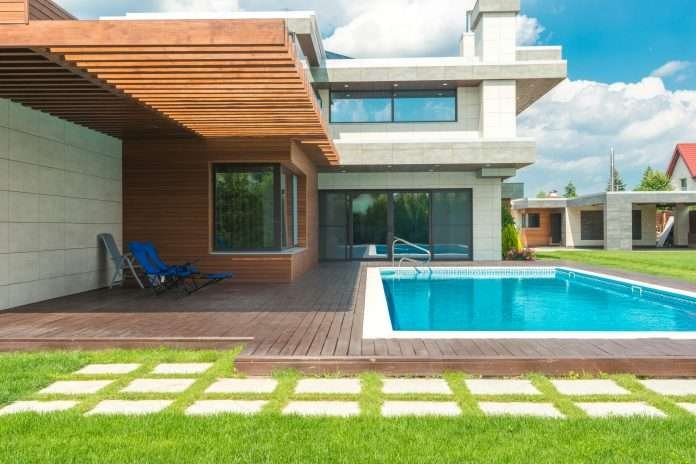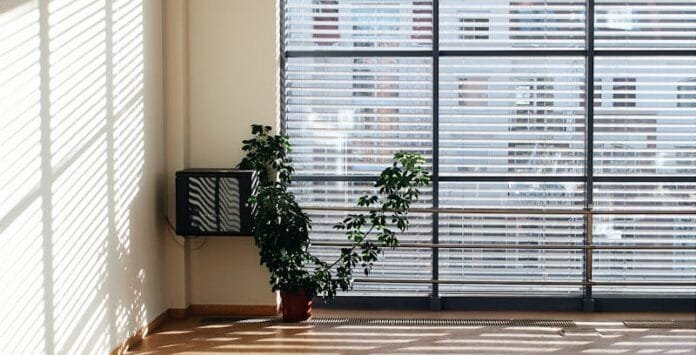When it comes to preserving the character and historical integrity of conservation areas, window design plays a crucial role. These protected areas, designated for their special architectural or historic interest, require careful consideration and adherence to specific guidelines when replacing or refurbishing windows. In this blog post, we’ll explore the key window design considerations that homeowners and developers must take into account when working on properties within conservation areas.
Understanding the Significance of Original Windows
In conservation areas, original windows are often considered an integral part of a building’s historic fabric and aesthetic. These windows, which may date back centuries, contribute to the overall character and authenticity of the area. Before considering any changes or replacements, it’s essential to assess the significance of the existing windows and determine whether they can be repaired or restored.
Conservation officers and planning authorities often prefer the retention and refurbishment of original windows wherever possible. This approach not only preserves the historic integrity of the building but also minimizes the environmental impact associated with manufacturing new windows.
Maintaining the Architectural Style and Proportions
When replacing windows in conservation areas, it’s crucial to maintain the architectural style and proportions of the original windows. This means paying close attention to details such as the window’s shape, size, and design features. Any new windows should seamlessly blend in with the existing architectural character of the building and the surrounding area.
For example, if the original windows feature distinctive glazing bar patterns or decorative elements, these should be carefully replicated in the replacement windows. The use of inappropriate window styles or materials can significantly alter the appearance of a building and detract from the historic character of the conservation area.
Choosing Sympathetic Materials and Finishes
The choice of materials and finishes for replacement windows in conservation areas is equally important. Traditional materials such as timber are often favoured, as they align with the historic nature of the buildings and offer a level of authenticity that modern materials may lack.
When selecting timber for windows, it’s important to choose high-quality, sustainably sourced wood that is well-seasoned and suitable for exterior use. The finish of the windows should also be sympathetic to the building’s character, with traditional paint colours and techniques preferred over more contemporary options.
In some cases, alternative materials like aluminium or uPVC may be considered, provided they closely match the appearance and proportions of the original windows. However, the use of these materials is often subject to stricter planning controls and may require additional justification.
Meeting Modern Performance Standards
While preserving the historic character of windows in conservation areas is paramount, it’s also important to consider modern performance standards. Upgrading windows to improve energy efficiency, acoustic performance, and security can greatly enhance the comfort and functionality of the building.
One solution that balances historical preservation with modern performance is the use of slim double glazing units. These units feature a narrow cavity between two panes of glass, allowing for improved thermal insulation without significantly altering the appearance of the window. Slim double glazing can be discreetly incorporated into traditional timber frames, maintaining the window’s original proportions and sightlines.
Seeking Professional Guidance and Planning Permission
When undertaking window replacement or refurbishment in conservation areas, it’s essential to seek professional guidance from conservation officers, architects, or specialist window companies. These experts can provide valuable insights into the specific requirements and guidelines applicable to your area and help ensure that your window design proposals meet the necessary standards.
In most cases, planning permission will be required for any significant changes to windows in conservation areas. This process involves submitting detailed plans, specifications, and supporting documentation to the local planning authority for approval. Working closely with professionals experienced in conservation projects can help streamline the planning process and increase the likelihood of a successful outcome.
Conclusion
Window design in conservation areas requires a delicate balance between preserving historical integrity and meeting modern performance standards. By understanding the significance of original windows, maintaining architectural style and proportions, choosing sympathetic materials, and seeking professional guidance, homeowners and developers can successfully navigate the challenges of window replacement in these protected areas.
Ultimately, the goal is to ensure that any changes to windows in conservation areas are sensitive to the historic character and contribute positively to the overall aesthetic of the area. By adhering to best practices and working collaboratively with conservation experts, we can preserve the unique charm and heritage of our built environment for future generations to appreciate and enjoy.
Did you know?
You can advertise on or sponsor specific pages and articles on our website. Visit our Advertisements Page for further information.







